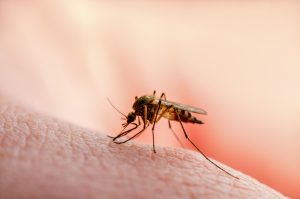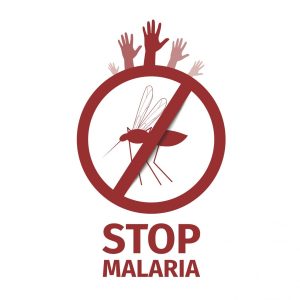Speculations of faculty members and students acquiring the Nipah virus (NiV) prompted the local government in Cagayan de Oro (CDO) to suspend classes. However, upon further investigation the DOH stated that it was not NiV.
An increasing number of people in CDO exhibited flu-like illnesses and were suspected of having NiV. The Department of Health (DOH) – Center of Health Development (CHD) assured the citizens about the situation. DOH – CHD stated, “We would like to correct this misinformation. The DOH officially maintains that there are no Nipah Virus cases in the nation.”
Despite this statement, the DOH still advises everyone to observe proper handwashing and to quarantine anyone who shows any symptoms.
What is the Nipah Virus?
The Nipah virus is an infection that can be passed from animals to humans. The animal reservoir of NiV is known to be fruit bats a.k.a. flying foxes. The NiV mainly attacks the brain and lungs of the infected host. World Health Organization stated that infected patients have a mortality rate of 40 – 75 % based on the healthcare response to the virus.
Prevalence of Nipah Virus
The first outbreak that was recorded was in the year 1999 from domestic pigs and pig farmers in Malaysia and Singapore. Subsequently, this outbreak resulted in 300 cases and more than 100 deaths. Thereafter, the next Nipah Virus outbreak was in Bangladesh and India in 2001. Neighboring countries such as Cambodia, Ghana, Indonesia, Madagascar, the Philippines, and Thailand that also have existing species of bats are at risk of contracting this virus.
How Nipah Virus is Transmitted
According to the World Health Organization, the Nipah Virus can be transmitted in several ways. Transmissions usually occur within families, caregivers assisting patients, and even in a healthcare setting.
Zoonotic Transmissions
- Unprotected direct contact with infected pigs via their secretions or contaminated tissues.
- Consumption of fruits or fruit products contaminated with the urine or saliva of an infected fruit bat.
- Close contact with other infected animals (e.g. cats or dogs) via their fluids such as urine, saliva, and feces.
Human-to-human Transmissions
- Close contact transmission via bodily fluids (e.g. respiratory droplets, urine, blood).
Signs and Symptoms
People who are infected with the Nipah virus will exhibit symptoms of different severities. These may be asymptomatic to mild/severe acute respiratory infection, or in extreme cases, fatal encephalitis.
Initial Symptoms:
- Fever
- Headaches
- Myalgia
- Vomiting
- Sore throat
Initial symptoms can progress into the following:
- Dizziness
- Drowsiness
- Altered consciousness
- Acute encephalitis
Other possible symptoms:
- Atypical pneumonia
- Severe respiratory problems (acute respiratory distress)
In severe cases:
- Encephalitis
- Seizure
- Coma
The Trace After the Nipah Virus
One can recover from NiV, but in some cases, the symptoms that appear during infection can leave marks. People who fully recovered from acute encephalitis due to NiV may have the following conditions:
- 20% may have long-term neurologic conditions such as seizure disorder or personality changes.
- Relapse or develop delayed onset encephalitis.
Treatment
At present, there are still no available medicines or vaccines to combat NiV. Therefore, it is advised for people who contracted the virus to contact their physician to help them alleviate the symptoms. If respiratory or neurologic conditions develop, intensive supportive care must be given.
Prevention
Since there are still no vaccines to directly address the virus, protocols are made to prevent the spreading of the NiV.
- Routine cleaning and disinfection of pig farms
- Quarantine of suspected pig farms, animals, and humans
- Culling of infected animals
- Observe proper hygiene
- Raise awareness about NiV
Conclusion
Fortunately, the speculation about the Nipah Virus in the Philippines was clarified making the citizens assured about their health. However, this calls for the attention of the Philippine government to set preventive measures and spread awareness to be able to minimize the effects of a possible Nipah virus outbreak.
More Like This…
Woman in Japan Dies of Oz Virus, First Death Worldwide
World’s First Respiratory Syncytial Virus (RSV) Vaccine Approved by FDA
China Identifies New Virus with Flu-like Symptoms: Dozens of Cases Detected














